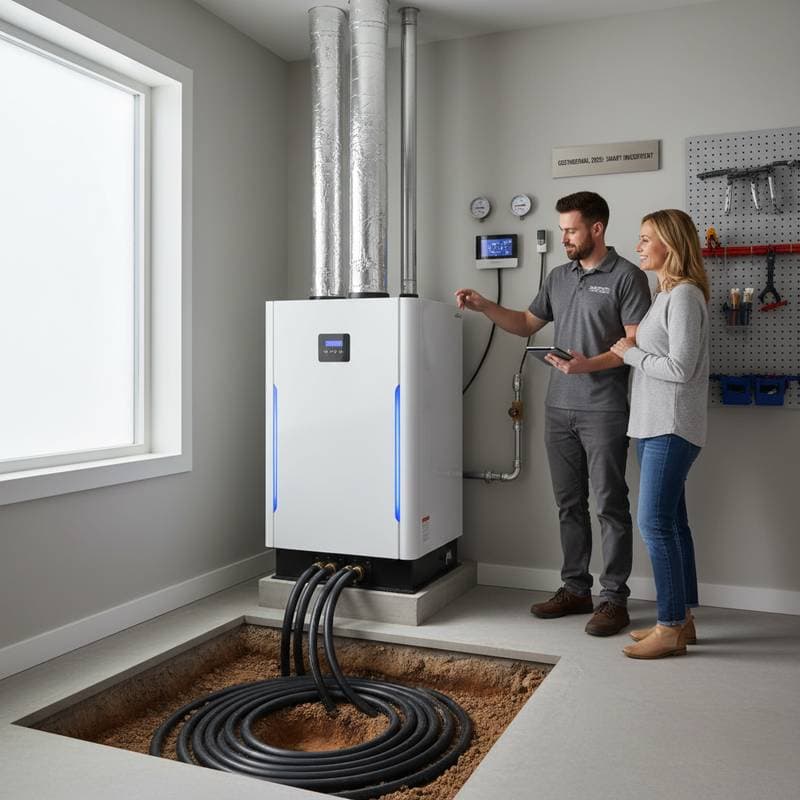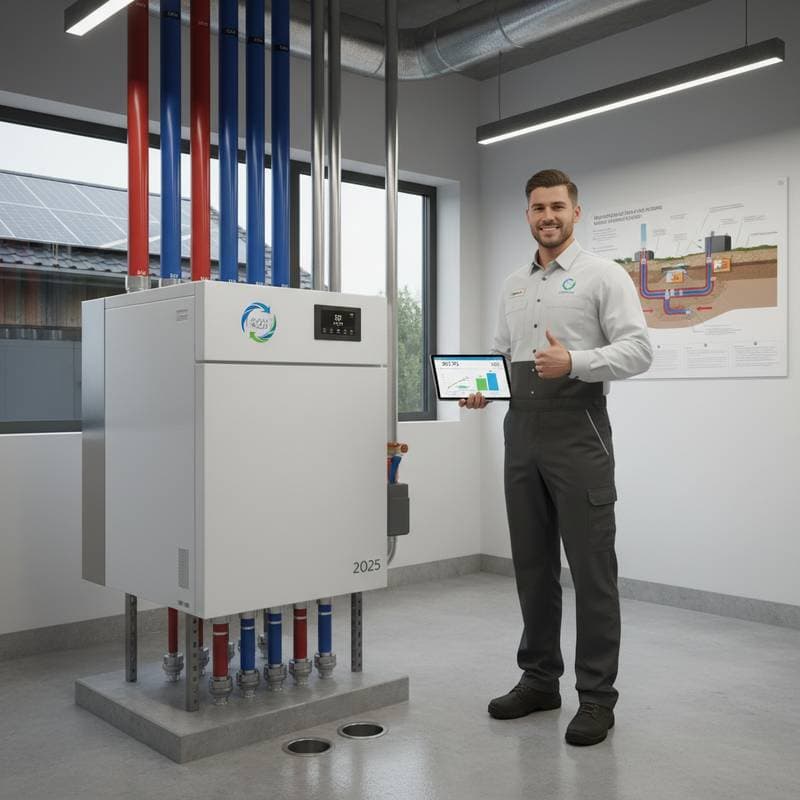Key Points
- Agrivoltaics combines food cultivation with solar energy generation on the same land, creating economic and environmental synergy.
- Proper design can improve soil health, water retention, and crop yields while producing clean electricity.
- Financial returns depend on system layout, crop selection, and regional sunlight conditions, but dual-use systems can often generate 120 to 160 percent of the combined value of separate operations.
- Strategic planning and professional consultation are essential for balancing agricultural productivity with photovoltaic efficiency.
Growing Opportunity in Shared Landscapes
Imagine standing in a field where rows of lettuce thrive in dappled sunlight filtered through elevated solar panels. The air feels cooler, the soil retains moisture longer, and the hum of clean energy production blends with the quiet rhythm of farming life. This is the essence of agrivoltaics, an emerging approach that merges agriculture and renewable energy into one productive ecosystem.
For farmers, landowners, and sustainability-minded investors, agrivoltaics represents more than an environmental statement. It is a practical response to the growing demand for both food and energy in a world of limited land resources. By rethinking how sunlight is shared, this model can transform underperforming acreage into a dual-purpose asset that sustains livelihoods while reducing emissions.
Understanding the Dual-Use Concept
At its core, agrivoltaics uses elevated or spaced-out solar arrays to allow sunlight to reach crops below. Panels are positioned to balance two goals: maximizing energy output and maintaining suitable light, temperature, and moisture conditions for plants. Tracking systems can adjust tilt angles to optimize this balance throughout the day.
The approach works best with crops that tolerate partial shade such as leafy greens, berries, herbs, and certain root vegetables. In hotter climates, shade from panels can reduce heat stress, while in cooler or cloudier conditions, system design can emphasize light penetration. Research from agricultural extension programs shows that moderate shading can increase water-use efficiency by up to 30 percent while improving soil moisture retention.
Financial and Operational Benefits
The economic case for agrivoltaics rests on shared value creation. Instead of choosing between farming or solar leasing, landowners can generate income from both. A typical ground-mounted solar system yields consistent returns through electricity sales or power purchase agreements. When combined with productive crops, the total revenue per acre can rise substantially.
Cost and ROI considerations include:
- Installation costs: Dual-use systems often cost 10 to 25 percent more than standard ground arrays due to customized mounting structures and added clearance.
- Energy generation: Slightly lower than conventional solar farms, typically 85 to 95 percent of full output, depending on panel spacing.
- Agricultural yield: Can increase or decrease by 5 to 20 percent depending on crop type, soil conditions, and management practices.
- Overall ROI: When energy and crop revenues are combined, long-term returns often exceed those from single-use systems by 20 to 60 percent.
Beyond direct income, agrivoltaics can enhance land value, improve resilience against drought, and qualify for sustainability certifications that attract premium markets or incentive programs.
Environmental and Community Impact
Agrivoltaic systems contribute to decarbonization goals while protecting ecosystems. By reducing the need for additional land clearing, they preserve habitats and maintain rural character. Panels moderate temperature extremes and reduce evaporation, which can benefit pollinators and soil microbes. Some farms integrate grazing animals such as sheep or poultry beneath panels, creating a flexible, low-impact land management strategy.
Communities benefit as well. Dual-use facilities can strengthen local food systems, support energy independence, and generate employment across both agricultural and renewable energy sectors. The visibility of these projects also fosters public understanding of sustainable innovation, bridging the gap between environmental stewardship and everyday utility.
Technical Design Considerations
Creating a successful agrivoltaic project requires careful coordination between engineers, agronomists, and energy developers. Key design factors include:
- Panel height and spacing: Typically raised 8 to 16 feet to allow equipment access and adequate sunlight for crops.
- Orientation: North-south rows often provide consistent shading patterns that support predictable plant growth.
- Drainage and soil preparation: Proper grading prevents runoff concentration under panel rows, protecting both equipment and crops.
- Maintenance access: Systems must accommodate tractors, irrigation lines, and harvesting equipment without damaging electrical infrastructure.
Irrigation efficiency and microclimate management are critical. Sensor-based monitoring can track soil moisture, temperature, and light levels to fine-tune both solar and agricultural performance. Smart controls can adjust panel angles automatically to optimize growing conditions while maintaining energy production.
Market Dynamics and Investment Strategies
From a market perspective, agrivoltaics fits within the broader trend toward regenerative and climate-smart agriculture. Investors see it as a way to diversify portfolios with assets that combine stable energy yields and agricultural production. Farmers view it as a hedge against volatile commodity prices and climate uncertainty.
Financing options vary. Some landowners partner with solar developers under shared-revenue models. Others secure green loans or sustainability-linked financing to fund installation directly. Government programs, grants, and private foundations increasingly support dual-use research and pilot projects, helping offset initial costs and de-risk early adoption.
For small farms, modular designs allow gradual expansion. Starting with a few acres can demonstrate viability before scaling up. For larger agricultural operations, integrating agrivoltaics into crop rotation plans can balance energy and food production without reducing overall acreage.
Addressing Common Questions
Can any crop grow under panels?
Not all plants thrive in shaded environments. Shade-tolerant crops such as lettuce, kale, spinach, and certain berries perform best. Experimentation and local adaptation are essential.
Does the shade reduce energy output?
Slightly, but the financial trade-off is often positive once agricultural returns are added. Properly oriented systems minimize energy loss.
What about maintenance and safety?
Regular vegetation control, equipment inspection, and soil monitoring are necessary. Professional installers design systems to meet electrical safety and agricultural access standards.
Is it viable in cold or cloudy regions?
Yes, if designed properly. Even moderate sunlight can sustain valuable crops and generate electricity efficiently. Technology selection and system layout are key.









